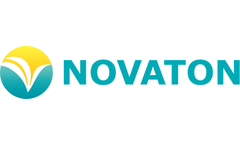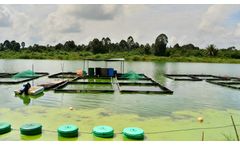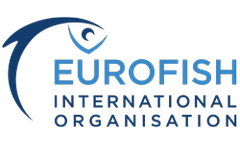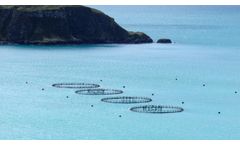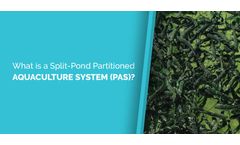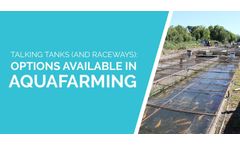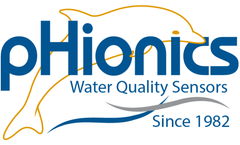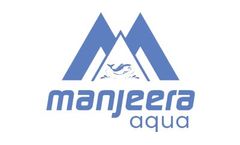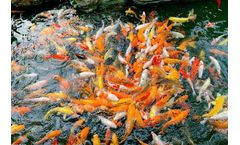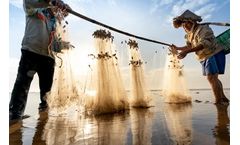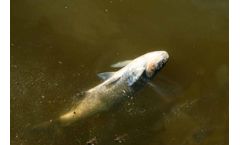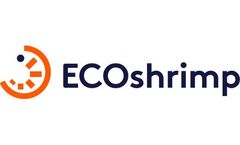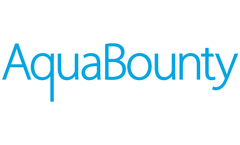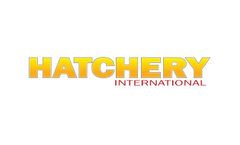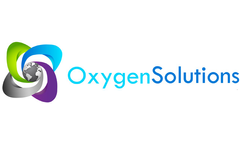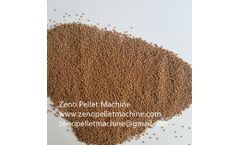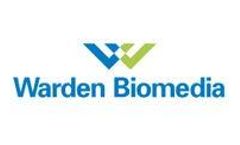Fish Farming Systems Articles & Analysis
50 articles found
The project with the Thuwal Fishermen’s Association is aiming at transforming wild-catch fishermen into sustainable farmers. The project will start with the construction of 20 modern and sustainable marine cages, operated with solar energy and with waste extractors to protect coral reefs. About 50 fishermen will be trained as of December 2021 to work on the new operations. ...
In the ever-evolving landscape of the food industry, challenges come in many forms. One of the most insidious threats to food production and quality is the proliferation of algae. Often overlooked or underestimated, algae can quietly exert harmful and damaging effects over time. This gradual contamination of water sources can lead to a cascade of issues throughout the food supply chain, ...
Seeking a revolution in freshwater aquaculture This article was featured in Eurofish Magazine 3 2024 SmartAqua4FuturE (SAFE) is an ambitious project funded by Horizon Europe that aims to revolutionise freshwater aquaculture. The project seeks to make freshwater aquaculture more environmentally friendly while increasing its financial stability by introducing circular economy approaches. The ...
ByEurofish
The Process Of Raising Aquatic Life—Such As Fish, Shellfish, And Plants—Under Carefully Monitored Circumstances Is Known As Aquaculture. ...
The PAS is made of a few key features, including system paddlewheels, sluiceways, a fish confinement area and an algal basin. A “sluiceway” is simply an artificial channel allowing farmers to control the flow of water through the earthen wall between the two areas of their system. In this case, the first area is the larger ...
ByAquasend
” In order to provide a suitable environment for intensive fish production, the Southern Regional Aquaculture Center’s article Recirculating Aquaculture Tank Reproduction Systems explains that recirculating systems must maintain the following: - Uniform flow rates of water and oxygen - Fixed water levels - Uninterrupted ...
ByAquasend
Introduction Annual demand of seafood has increased significantly over the past 50 years, from less than 50 million metric tons to over 175 million metric tons. Due to the unsustainable nature of fisheries catching wild seafood, the aquaculture industry has accounted for most of this increase. Industry growth is also expected in the future as the world’s meat demand continues to rise. ...
A biofilm is an assemblage of microbial cells that’s irreversibly related to a floor and enclosed in a matrix of normally polysaccharide material. It can also additionally shape on a extensive kind of surfaces, along with residing tissues, scientific devices, commercial or potable water device pipe or herbal aquatic systems. A well-assorted organism inclusive of algae, micro organism, ...
Given the reality that conventional techniques of fish farming in India is capable of produce 2–10 tonne/hectare and on the equal time makes use of extra than 20 litres of water according to kg of fish, Recirculation Aquaculture System may also want most effective 1/eighth of a hectare and 1/sixth of water and nonetheless ...
PE Pond Liner is a new polymer material, which is made of polyethylene. It is the most used plastic drainage film at present and can be used in many industries. Because of its lightweight, low cost, and convenient installation, it has been used in fishery and agriculture. PE Pond Liner is used for seepage prevention and leakage prevention of fish ponds; It is also used for seepage prevention, ...
Fish farming is a specific form of Aquaculture in which fish are bred in enclosures, known as ‘Aquafarms’, to be sold as food. ...
Oxygen deficiency is the main reason for the death of farmed fish. The use of fish pond geomembrane reduces the oxygen supplementation in fish ponds. cost 6. ...
In recent years, the global market for seafood products, including fresh shrimp, has grown, alongside consumer awareness of and demand for sustainably-sourced produce. This has resulted in a shift from traditional pond culture of shrimp, to closed systems that are closer to market, feature enhanced biosecurity, have a minimal environmental impact, and result in improved shrimp production. A tale ...
Located in the eastern portion of Prince Edward Island, our Rollo Bay farm is home to a state-of-the-art R&D hatchery and 250-metric ton/year Recirculating Aquaculture System – with its first harvest expected in early ...
Everyone wants their own sustainable shrimp farm; it has become a booming interest among entrepreneurs and investors. It is very tempting, to build your own “golden egg”, close to a big city, with huge demand for fresh and healthy shrimp. It has never looked so easy, especially when there are companies that provides a turn key technology solution and all you need is a small land and ...
AI, IoT, ROV, M2M. These are some acronyms that have been hurled around in the corporate world, which in recent years have made their way to the waters of the aquaculture industry. Have you been thinking of betting your money on deploying a high-tech equipment in your hatchery facility? Here are a few pointers that can help you cut the risks associated with high-tech adoption, stack the odds in ...
The seventh and final installment in the series “Happy Fish – How Aquaculture Operators are Growing Better Fish.” While we will only be able to scratch the surface of this topic, there is great potential in machine learning and artificial intelligence applied with aquaculture and fish farm ...
The purpose of feeding the fish is to provide the necessary nutritional requirements for the fish to maintain good health, optimal growth, and optimal yield, and to minimize the waste brought to the environment for the best profit.Good nutritional quality and physical properties of feed are the key to fish farming technology to ...
The third installment in the series “Happy Fish – How Aquaculture Operators are Growing Better Fish.” This segment talks about some of the current trends and challenges in Recirculating Aquaculture Systems, also known as RAS Systems. Recirculating aquaculture systems (RAS) is one of the ...
The UK’s demand for king prawns is, apparently, insatiable. Most have travelled, frozen, 6,000 miles from the Far East and Central America leaving a massive carbon footprint, but Great British Prawns is changing that. The company opened its first sustainable king prawn farm in the Scottish village of Balfron, Stirlingshire, in the summer of 2019 and is now supplying fresh prawns to hotels ...

